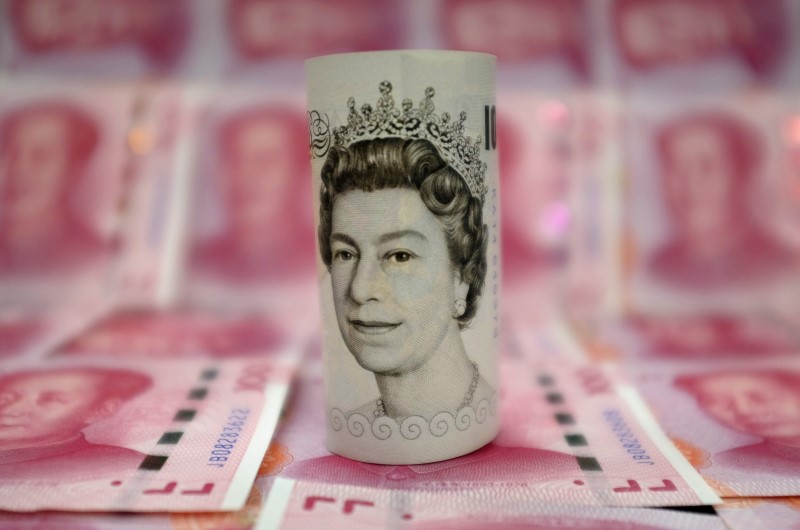UBS issued a positive outlook for the British pound (GBP), the Australian dollar (AUD) and the Swiss franc (CHF) within the G10 currency group. The financial services provider cited high interest rates and expectations of gradual monetary easing in Britain and Australia as reasons for its positive view on the GBP and AUD.
UBS expects exchange rates to rise to 1.35 and 0.68 respectively. UBS’s stance on the Swiss franc is also optimistic due to the limited options for the Swiss National Bank to further cut rates.
The company predicts that interest rate differentials with other G10 currencies will narrow by 2025, likely resulting in greater inflows into the CHF and a drop in the exchange rate to 0.84.
The Japanese yen (JPY) maintains a neutral position from UBS’s perspective. While a near-term rise to 155 is considered possible, especially if US Treasury yields rise, UBS predicts a medium-term decline to 145 by the end of 2025.
This expectation is based on the current USD/JPY level being higher than what yield differentials suggest, a projected contraction of the US-Japan yield differential, and political factors. In particular, President-elect Trump’s previous criticism of a weak yen and Japanese policymakers’ lack of desire for further yen depreciation could lead to a mutually beneficial stronger yen.
Conversely, UBS has a less favorable view of the Chinese yuan (CNY) and expects the exchange rate to rise to 7.50 by the end of 2025.
The predicted increase is attributed to possible escalations in trade tensions between the US and China and the expected appointment of Robert Lighthizer as US trade representative, who is known for his aggressive stance on trade with China. Despite the People’s Bank of China’s efforts to stabilize the yuan by controlling daily interest rates, UBS warns of significant risks of further depreciation of the yuan.
This article was produced with the support of AI and reviewed by an editor. For more information see our General Terms and Conditions.


